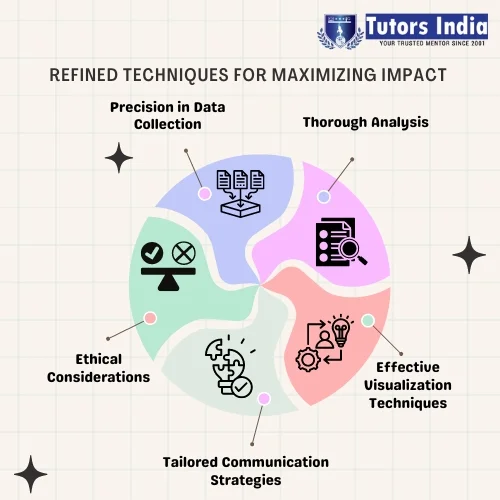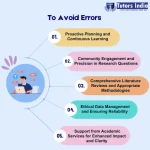Maximizing Impact of Research Data in Law: A Professional Manual
Hey there, fellow legal eagles!
Are you ready to take your research game to the next level and make a real impact in the field of law? Well, you’ve come to the right place! In this professional manual, we’ll be sharing some refined techniques that will help you harness the power of your research data and leave a lasting impression in the legal world.
Let’s dive right in, shall we?

Understanding the Power of Research Data
First things first, let’s talk about why research data is so darn important in the realm of law. Think of it as the bread and butter of your legal arguments. Without solid research data to back up your claims, your arguments might as well be flimsy Jenga towers just waiting to collapse.
Research data provides the foundation upon which you can build strong and compelling legal arguments. (Mistica et al., 2021) Whether you’re arguing a case in court, writing a scholarly article, or drafting a legal brief, having robust research data at your disposal can make all the difference in the world.
Refined Techniques for Maximizing Impact
Now that we’ve established the importance of research data, let’s explore some refined techniques for maximizing its impact.
1. Precision in Data Collection:
The first step in maximizing the impact of your research data is to ensure that your data collection methods are precise and reliable. Take the time to carefully select your sources, gather relevant information, and verify the accuracy of your data. Remember, quality over quantity is key!
2. Thorough Analysis and Interpretation:
Once you’ve collected your data, it’s time to roll up your sleeves and dive into some serious analysis. Take a close look at your data, identify patterns and trends, and draw meaningful conclusions. Don’t just regurgitate facts; provide insightful interpretations that shed light on the legal issues at hand. (Mcconville & Chui, 2017)
3. Effective Visualization Techniques:
They say a picture is worth a thousand words, and that couldn’t be more true when it comes to research data. Use visual aids such as charts, graphs, and infographics to present your data in a clear and compelling manner. Visualizations not only make your data more accessible to your audience but also enhance its impact and persuasiveness.(Otten et al., 2015)
4. Tailored Communication Strategies:
No two legal audiences are exactly alike, so it’s important to tailor your communication strategies to suit your audience’s preferences and needs. Whether you’re presenting your research findings to a jury, a panel of judges, or a group of fellow legal scholars, make sure your message resonates with your audience and effectively conveys the significance of your research data.
5. Ethical Considerations:
Last but certainly not least, always remember to uphold the highest ethical standards in your research practices. Respect the privacy and confidentiality of your research subjects, accurately attribute your sources, and adhere to the principles of academic integrity and honesty. By conducting your research ethically, you not only protect the rights of others but also enhance the credibility and impact of your own work.
Conclusion: Making Your Mark in the Legal World
In conclusion, maximizing the impact of your research data in the field of law requires a combination of precision, analysis, visualization, tailored communication, and ethical conduct. By employing refined techniques such as precise data collection, thorough analysis, effective visualization, tailored communication, and ethical considerations, you can elevate your research game and make a real impact in the legal world.
Looking for professional support and services to refine your legal research and writing? Consider leveraging the expertise of academic writing services like “Tutors India”, where experienced professionals can assist you in Write compelling legal arguments, analyzing research data, and presenting findings with clarity and precision.
So go ahead, fellow legal eagles! Take these refined techniques, spread your wings, and soar to new heights in your legal research endeavors. With the power of research data on your side, there’s no limit to what you can achieve in the dynamic and ever-evolving field of law.
Until next time, happy researching and lawyering!
References
- Mcconville, M., & Chui, H. (2017). Research Methods for Law Second Edition.
- Mistica, M., Zhang, G Z., Chia, H X., Shrestha, K M., Gupta, R., Khandelwal, S., Paterson, J M., Baldwin, T., & Beck, D. (2021, January 1). Information Extraction from Legal Documents: A Study in the Context of Common Law Court Judgements.
- Otten, J J., Cheng, K., & Drewnowski, A. (2015, November 1). Infographics And Public Policy: Using Data Visualization To Convey Complex Information.

 Previous Post
Previous Post Next Post
Next Post